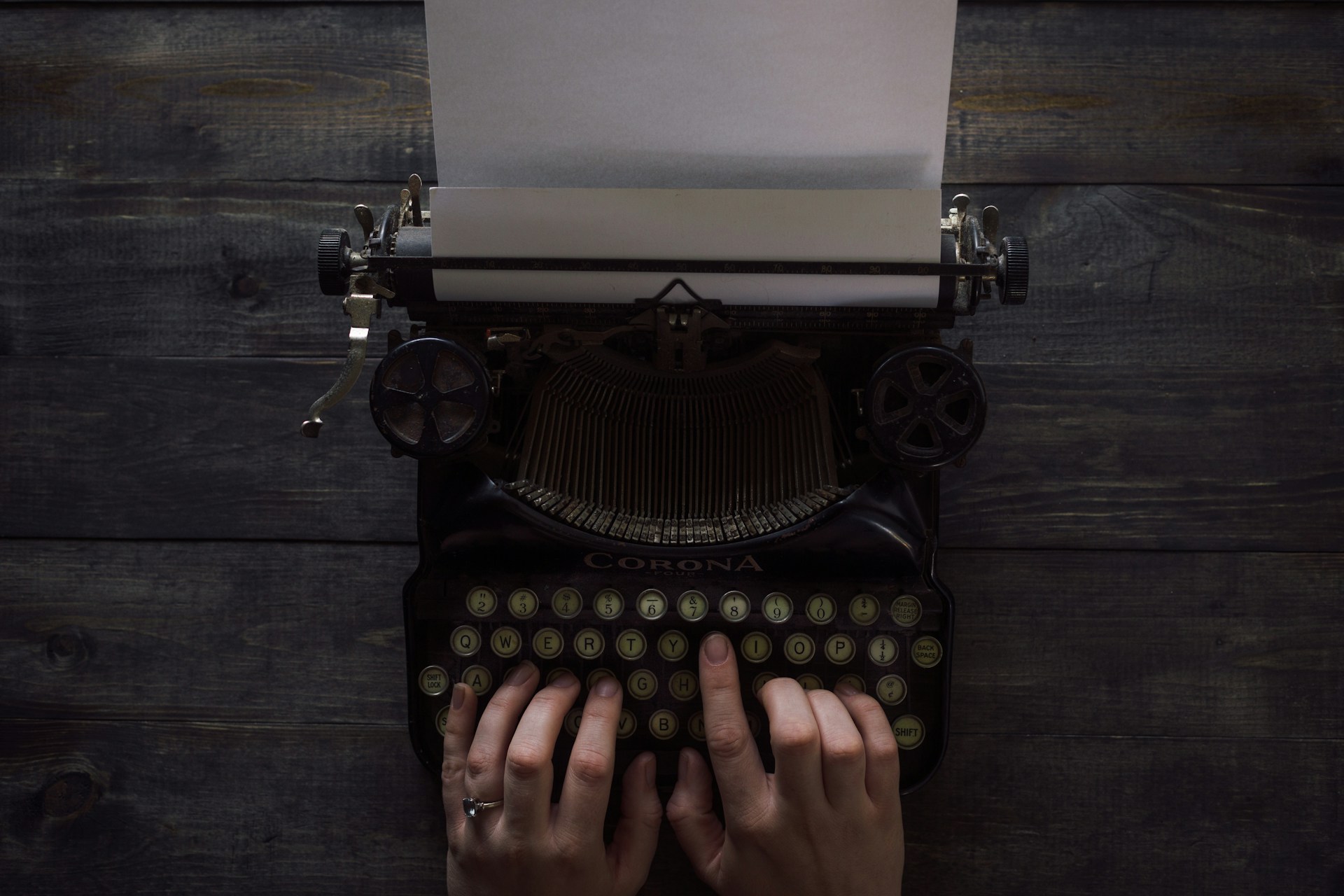What is Proofreading and When Do You Need It?

If you read last week’s post on copyediting, then you know that copyediting and proofreading are two different and separate stages of editing.
While copyediting is an intensive sweep of your manuscript for grammatical, spelling, syntax and other errors, a [proofread is the sweep to catch any leftover visual issues.
So let’s get into it. What is proofreading?
Proofreading is the final step in the editing process, focusing on identifying and correcting any remaining errors in the text after it has been copyedited.
It ensures that the text is clean, polished, and ready for its intended audience. While it’s less intensive than line editing or copyediting, it’s a crucial step to ensure the highest quality in the final product.
This step must come after copyediting. It’s executed with the help of the style sheet provided by the copyeditor.
What does proofreading look at?
- Final grammar check: The editor will sweep the manuscript for any last-minute grammatical errors that may have been missed during copyediting, ensuring the text is grammatically sound.
- Punctuation: Ensures that all punctuation marks are in their correct place and that no errors (as per the style sheet) have slipped through in the process of revising the text.
- Spelling accuracy: The editor conducts a final check for spelling errors, including catching any typos or inconsistencies that might have occurred during the editing process.
- Typographical errors: Identifying and correcting typos, such as incorrect spacing, missing words, or repeated words that can disrupt the readability of the text.
- Formatting consistency: Ensures the document’s formatting is consistent throughout, including checking page numbers, headers, footers, fonts, and other layout elements.
- Readability: The editor does a final read-through to ensure the text flows smoothly, with no awkward breaks or disruptions in the reading experience.
- Fact-Checking: Verifying that any facts, names, dates, and references are accurate, especially if minor changes were made after copyediting.
A proofreader will use the style sheet created by the copyeditor and check the manuscript against it to ensure that it is sound and up to industry standards.
I’ve said it before but it bears repeating. A proofreader does not do the work of a copyeditor. So a writer sending their unedited manuscript to a proofreader is bound to have it sent back. The proofreader’s job is only to check what is left after a copyedit, not to go in and fix error or suggest changes. They solely highlight anything that isn’t up to par with the style sheet.
If you think your manuscript is ready for a proofreading, let’s have a chat and see if my services are a fit for your novel!